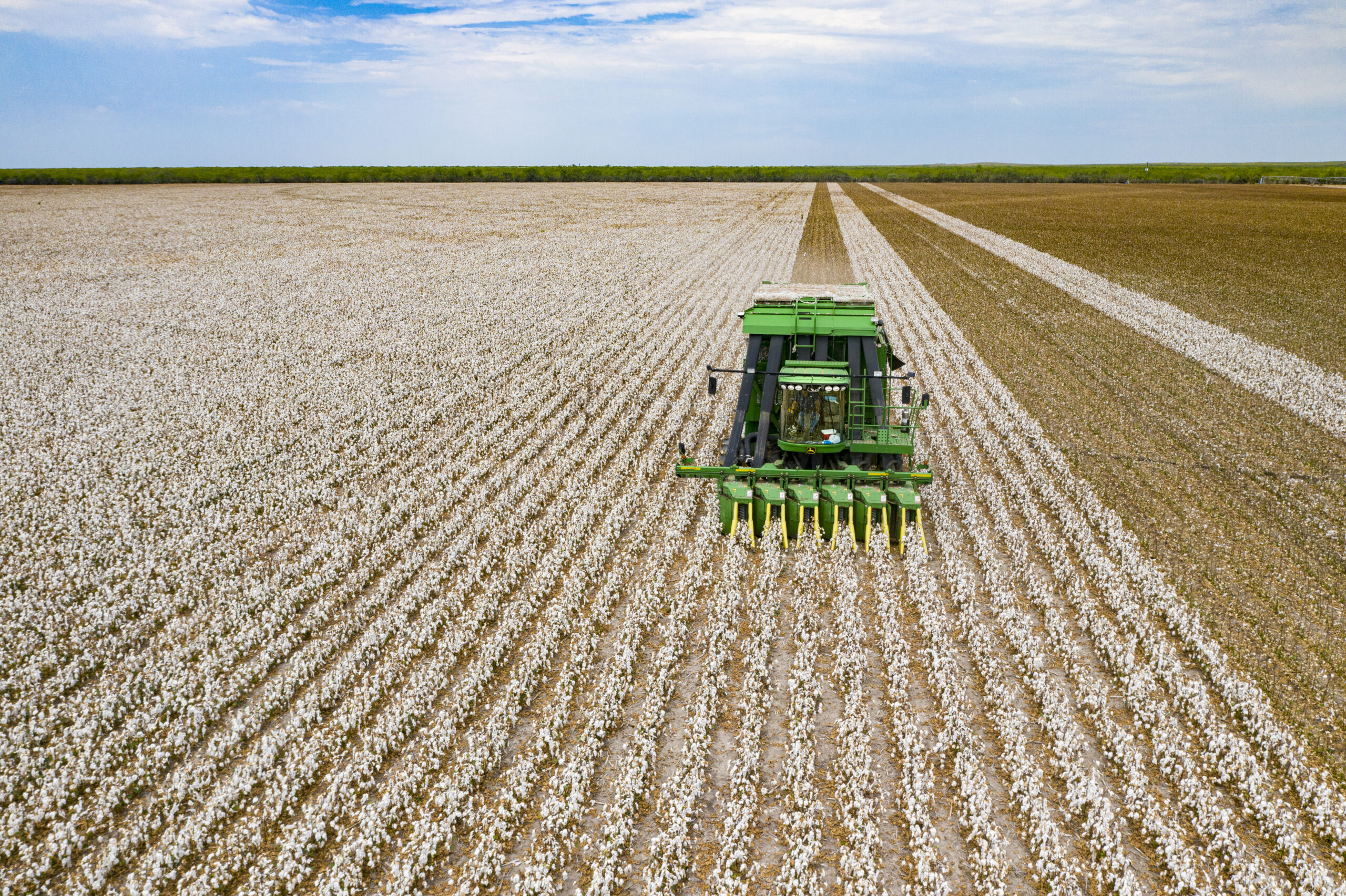Succession can be a very sensitive topic for farmers to discuss. Some farmers want their children to take over the farm and operate it in the same manner. Other farmers, either due to a lack of interested children or due to skyrocketing land prices, would rather sell the whole farm for a non-agricultural use such as neighborhood development. Regardless of anyone’s farm succession plan, everyone has at least one similar goal: minimize (or, ideally, eliminate) their estate tax burden.
Tool #1: Estate Tax Exemption
Generally speaking, an individual’s taxable estate includes all assets owned by that individual at the time of death, including assets owned through an LLC that the individual owns or through a revocable trust in which the individual is a beneficiary. So, if a farmer establishes a revocable trust that owned the LLC that owns the farm (a common probate avoidance-liability protection strategy), the farmer’s estate would still be deemed to own the farm, including its land (measured at fair market value), equipment, livestock, buildings, and so forth.
Unlike the other tools which will necessitate an attorney, the estate tax exemption is something that every taxpayer automatically utilizes at death. The estate tax exemption in 2025 is $13.99 million for individuals and $27.98 million for married couples. In other words, if an individual were to pass away in 2025 with less than $13.99 million in their estate, that individual’s estate would not be responsible for paying estate taxes. While Congress may change the law for 2026 and beyond, the estate tax exemption for 2026 is set to revert to pre-2017 Tax Cuts and Jobs Act levels, putting the individual exemption at approximately $7 million and the married exemption at approximately $14 million.
Even at these lower amounts, most farmers have nothing to worry about. Still, some farmers place estate taxes as their primary concern when conducting succession planning, so hopefully this first tool alleviates those worries.
Tool #2: Family LLCs
The estate tax exemption is reduced by any reportable gifts made during the decedent’s lifetime. In 2025, a donor must report to the IRS any gifts to individuals that are worth more than $19,000 and gifts to married couples that are worth more than $38,000. As such, a farmer can gift shares of their farm LLC to their children that are under the gift tax reporting thresholds over a period of time, ideally decades, to reduce their taxable estate once the farmer does pass away.
A few aspects of family LLCs are noteworthy. First, the farmer should be gifting shares of the farm LLC that lack voting rights, which the IRS will view as less valuable than normal LLC shares, thereby allowing the farmer to gift a higher percentage of the LLC each year without exceeding annual gift tax limits. Second, farmers with children who are married can conduct this strategy more efficiently than farmers with children who are not married. Moreover, the children who receive shares are not necessarily obligated to retain the shares – the children can sell the shares, including amongst themselves.
Tool #3: Internal Revenue Code 2032A
At its core, IRC 2032A allows for an additional estate tax exemption of up to $1.42 million in 2025 (i.e., thus increasing an individual’s estate tax exemption to $15.41 million and a married couple’s estate tax exemption to $29.4 million). Concisely, there are both pre-death and post-death requirements that must be met for the IRC 2032A increase to be utilized. The State of Washington Department of Revenue has a very readable frequently asked questions page on IRC 2032A which more comprehensively details the requirements.
With respect to just the high points, the decedent must have been farming the land for five of the last eight years of his or her life. Specifically, the decedent must have been providing ‘material participation’ on the farm, not just leasing land to third parties. The land and equipment used on the farm must also constitute significant percentages of the farmer’s estate. After death, the decedent’s ‘qualified heir’ (usually a child) must continue farming the land for the next ten years. Like the decedent, the qualified heir must materially participate on the farm – not just lease it out to a third party. If the qualified heir ceases farming operations at any point during those ten years, the qualified heir will be personally liable for the estate tax burden and must pay it within six months of the deviation.
Tool #4: Irrevocable Life Insurance Trusts (ILIT)
For high-net-worth farmers who will not avoid the estate tax through the above tools, an irrevocable life insurance trust (ILIT) is an option. While both assets in a revocable trust and some life insurance policies are included in a decedent’s estate, assets placed in an irrevocable trust more than three years before death are not included in the estate. For an ILIT, a farmer would set up an irrevocable trust, purchase a life insurance policy, and place that policy within the trust. When the farmer dies, the ILIT would receive life insurance proceeds that were excluded from the estate and distribute them to the surviving spouse or children in order to pay the estate taxes and otherwise provide liquidity to the farm.
ILITs can be very expensive, however. It will cost several thousand dollars for the initial document drafting to be done, and then anywhere from a few hundred dollars to tens of thousands of dollars for the annual life insurance premiums. In short, farmers who will never approach the estate tax exemption levels should not invest in ILITs.
Brown, Nicholas. “Four Ways for Farmers to Avoid Estate Taxes in 2025.“ Southern Ag Today 5(14.5). April 4, 2025. Permalink

